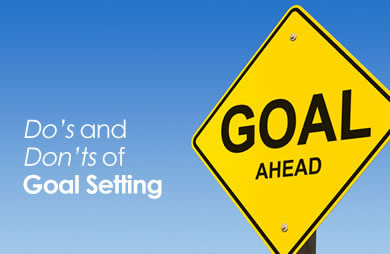|
This is not an easy question for me to answer. As a certified Pilates instructor and long-time Pilates practitioner, I've seen the many benefits of Pilates first-hand, and with many of my students. A Pilates workout can sculpt your core, help you stand taller, improve your balance, tone your muscles and even prevent and relieve certain issues like lower back pain. I'm a huge advocate of Pilates and think it can benefit any body—male or female, young or old, beginner or athlete. But I also have training and certifications in more traditional forms of fitness, such as personal training. So I also know how important it is to strengthen your muscles against progressively challenging resistance levels. The benefits you get from strength training, such as improved bone density, increased muscle tone and strength, a healthier heart, and improved metabolic rate come as a result of resistance training. A by-the-book definition of strength training means working your muscles to fatigue (meaning you can't do another rep in good form) with progressively heavier resistance over time. These variables aren't present traditional Pilates, which does not work the muscles to fatigue or continuoulsly increase resistance as you get stronger. This means that realistically, you will not get the same benefits attributed to strength training by doing Pilates alone. Yes, anyone who is new to Pilates will experience some benefits like increased strength (in certain muscle groups) and will probably see some improvements in muscle tone and strength. But for most people, those benefits will plateau and reach a maintenance level rather than continuously getting better. There's nothing wrong with that, if that is your only goal. Doing Pilates is certainly better than doing nothing at all, and doing Pilates is definitely a good way to begin strengthening your body if weight training intimidates you. If you are completely opposed to doing strength training, or can't for some health or medical reason, you will still see some strength benefits from a Pilates-based fitness program. But if you want to build increased muscle strength and achieve optimal fitness, adding traditional strength-building exercises is essential. Considering these facts, my recommendation would be to do both Pilates and strength training if possible. Aim for traditional strength training at least twice a week. That should be your main priority. Then, fit in Pilates (or other mind-body forms of exercise, such as yoga) once or twice a week if you can. These non-traditional exercises don't always meet strict definitions for "cardio" or "strength training" but we know that they still have many health and fitness benefits. I like to think of them as supplemental to a well-rounded fitness program. No one form of exercise is the only thing you need to achieve ideal body composition and fitness. Variety is essential! Cover your bases first (strength training, stretching, cardio training), then fit in the extras where you can. Do you agree or disagree? Do you think Pilates can take the place of strength training? |
Related Entries
More From SparkPeople
|






















